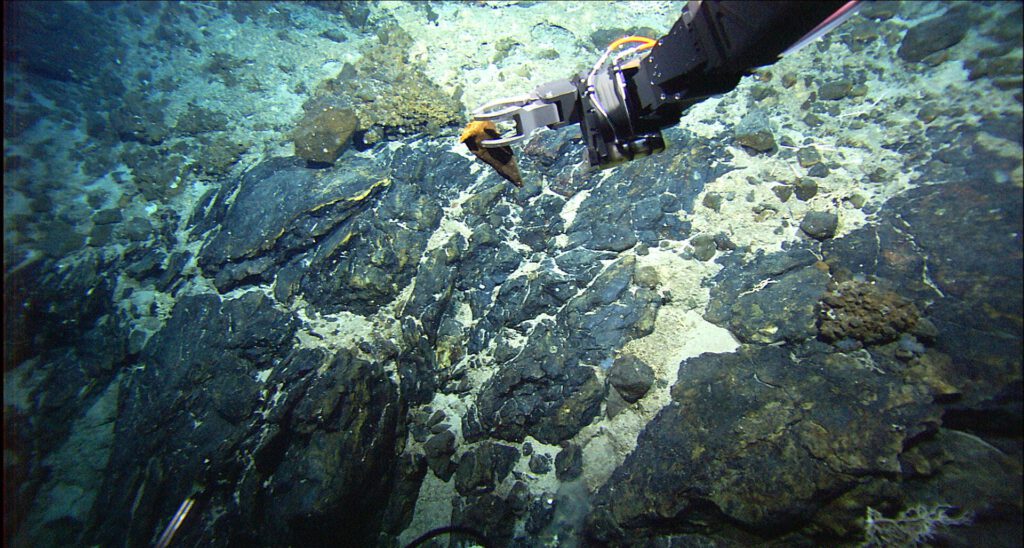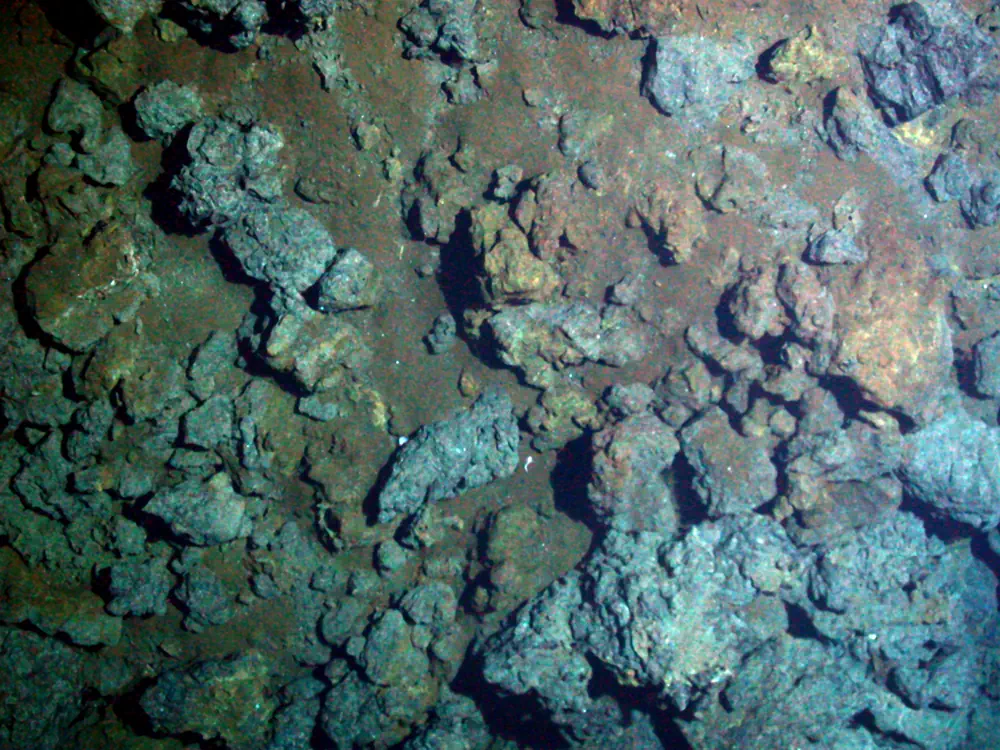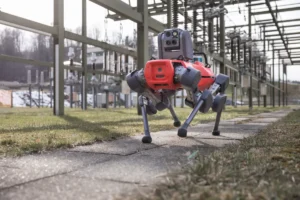
Lately we can hear or read about Green and Blue Economy everywhere, but what are they?
Both are economic models, which aim to create a sustainable economy, reduce the environmental impact of the various production sectors and create new jobs.
The Green Economy aims for the improvement of human well-being, trying to protect natural environment and ecosystems, reducing environmental risks and ecological scarcities, supporting social equity. Its strategies are mainly applied to the sectors of renewable energy, transport, agriculture and forestry.
The Blue Economy model is inspired by Nature that maintain a dynamic balance between resources and needs, where waste from a process become raw material for an other one.
According to this concept, the Blue Economy aims for the sustainable development of the sea economy, enhancing available resources, upcycling and recycling scraps and waste, promoting growth, employment and innovation.
Fishery and aquaculture, seabed mining, marine biotechnology, renewable energy and tourism are the sectors involved, providing millions of jobs and new occupations.
One main goal is reducing carbon emissions and keeping global warming below certain levels. This would be possible with a rapid transition to 100% renewable energy. To do so and to produce all the components and devices necessary for the utilisation of this energy, a large amount of copper, cobalt, manganese, tellurium and zinc is needed. With increasing demand for such metals, there is a great interest in mining these resources from the seabed.

The interest is currently focused on four types of marine mineral deposit: Polymetallic (manganese), Polymetallic sulphides, Cobalt crusts, Phosphorite (or phosphates).
In recent years, various studies have been conducted on the potential for mines on the ocean floor. For some years Seabed Mining (SBM) operations, that is the process of recover mineral deposits from the sea floor, have been active in the shallow water through mining vehicles. They are controlled remotely from the control room via an umbilical on board vessel. The vehicles involved in the seafloor production, grind the seabed rocks and then collect the material. The mined materials, combined with seawater, will be brought to the surface by a pipe and transported to a vessel, dehydrated and transferred to shore for further processing.
Although in the past it was difficult to operate in the high-pressure, now technology provides deep water or Deep Sea Mining (DSM) tasks through vehicles similar to those used in shallow water tasks.
Deep-Sea Mining activities include:
- Exploration – involves locating; survey and sampling through SONAR devices, camera’s, sampling methods and tools (surface samplers that include dredges and benthic grabs, sediment corers) installed on ROV, AUV vehicles, Tow Fish and drilling that is a form of sampling and assists in determining the overall shape, grade and tonnage of the deposit.
- Resource assessment – provides the estimation and reporting of mineral resources and their exploitable mineral reserves, communicating important information to the owners and groups with development rights, and other stakeholders.
- Extraction – provides excavation of the sea bed minerals using large sized vehicles, lifting (transport of the cut rocks in surface using a riser or pipeline).
- Processing or surface operations – consists of dehydration on board the vessel and transport of products to a shore based plant.
Currently these mining activities are still relatively expensive and no more convenient than the same ones carried out in veins on land.
The nature, extent and location of mineral deposits make extractive activities difficult, with prolonged times and huge costs. To lower costs, reduce down time, improve the performance and increase productivity, the largest companies are focusing on new technologies, designing and manufacturing new vehicles and seabed mining machinery.
An other issue might be the environmental impact and consequences on other sectors, such as fishery. Indeed, due to deposit location and extension and therefore of the areas involved in mining tasks, biodiversity and marine ecosystems may be jeopardized.
To avoid such risks and protect the environment, the largest mining companies have integrated strategies related to policies, planning, operations management, Environmental Impact Assessments (EIA), Environmental Management Planning (EMP), baseline assessment, monitoring and mitigation.
EIA and EMP, in addition to all the other procedures, are essential to perform ores research and seabed mining activities in a sustainable and environment respectful manner.
Moreover only companies that undersigned a contract with International Seabed Authority (ISA) and are subordinate to its rules, regulations and procedures can undertake exploration and exploitation in International waters.
ISA is an independent intergovernmental body with its headquarters in Kingstom, Jamaica, and 168 affiliated members, including the European Union. Its primary function is to regulate exploration for and exploitation of deep water minerals. In addition it published rules and documentation for seabed mining activities regulation, in order to protect the environment.
Paolo Mazzone
SubEng – HSE Adviser
Images
Cover: Champ_de_nodules_dans_le_Pacifique_équatorial_nord – By Philweb – https://commons.wikimedia.org/wiki/User:Philweb
Article: Minerals_sediments – By UCSB, Univ. S. Carolina, NOAA, WHOI – http://www.photolib.noaa.gov/htmls/expl1242.htm

